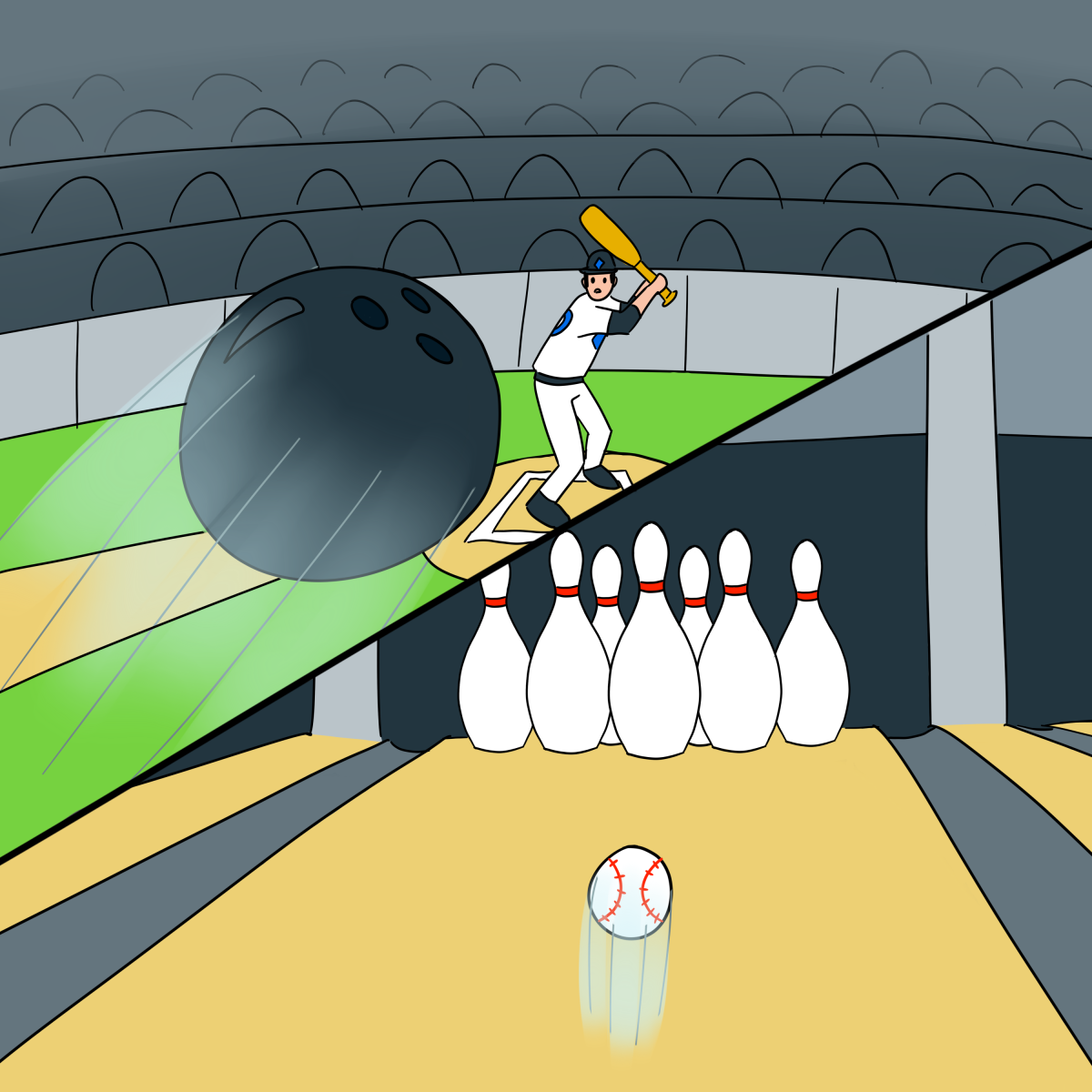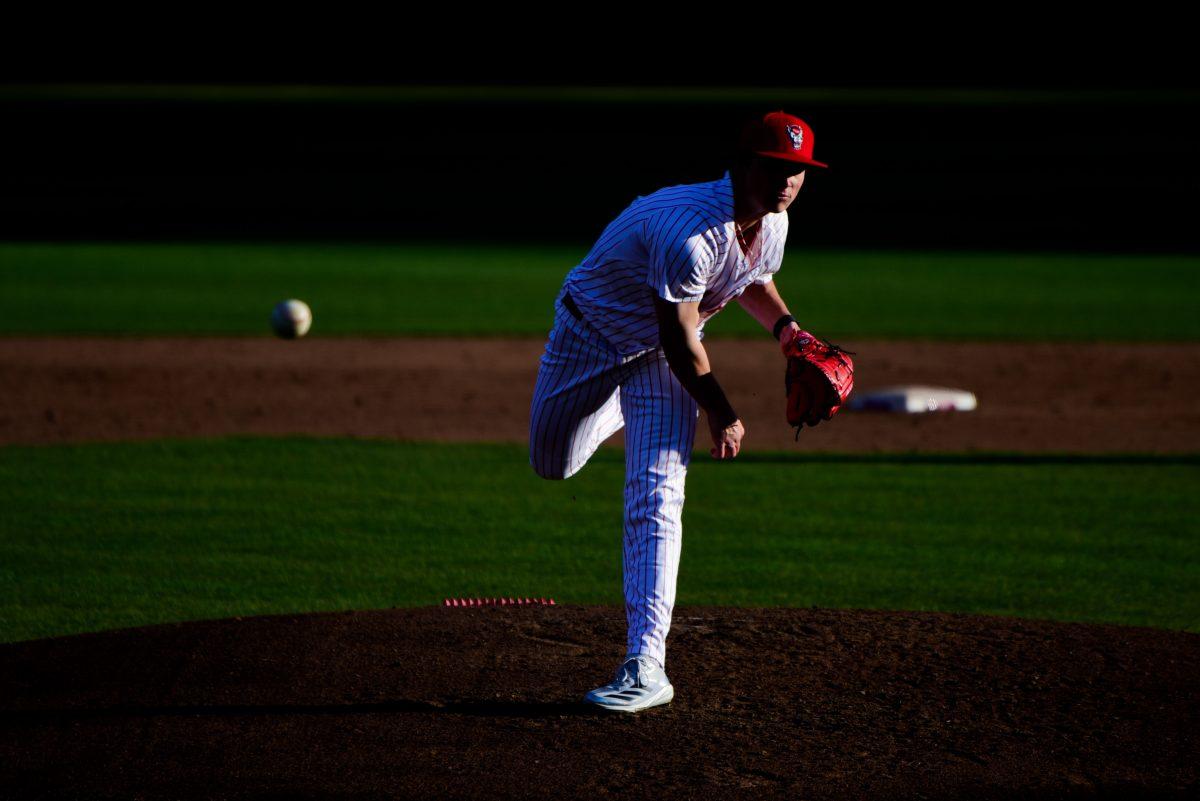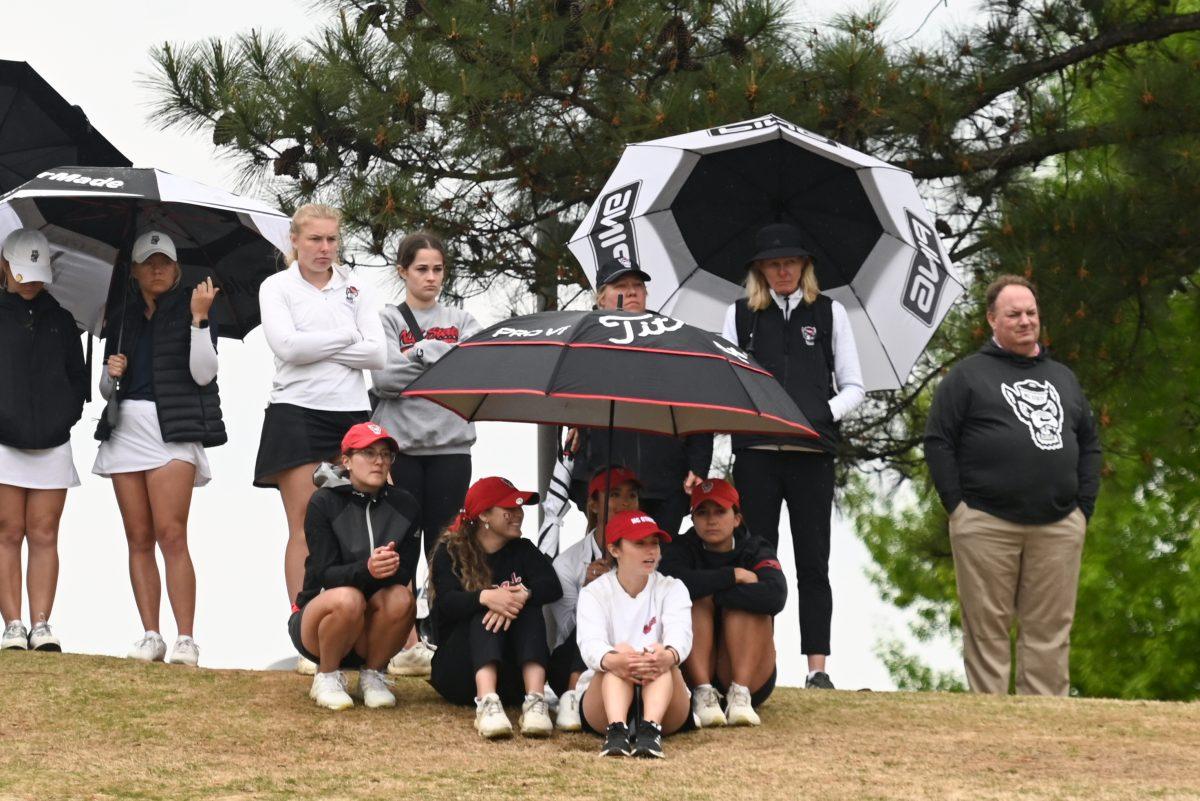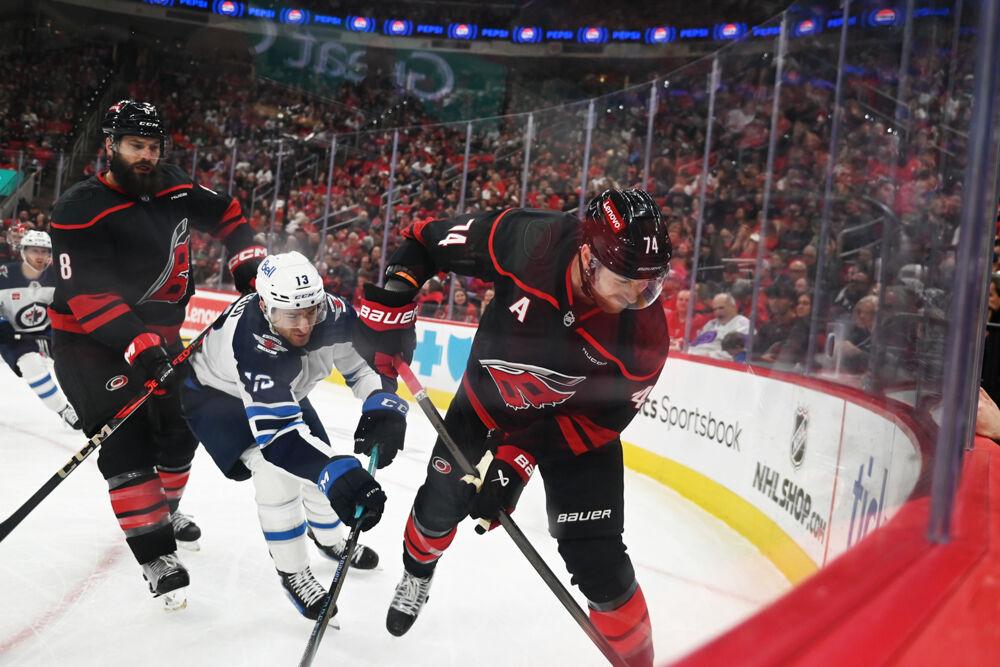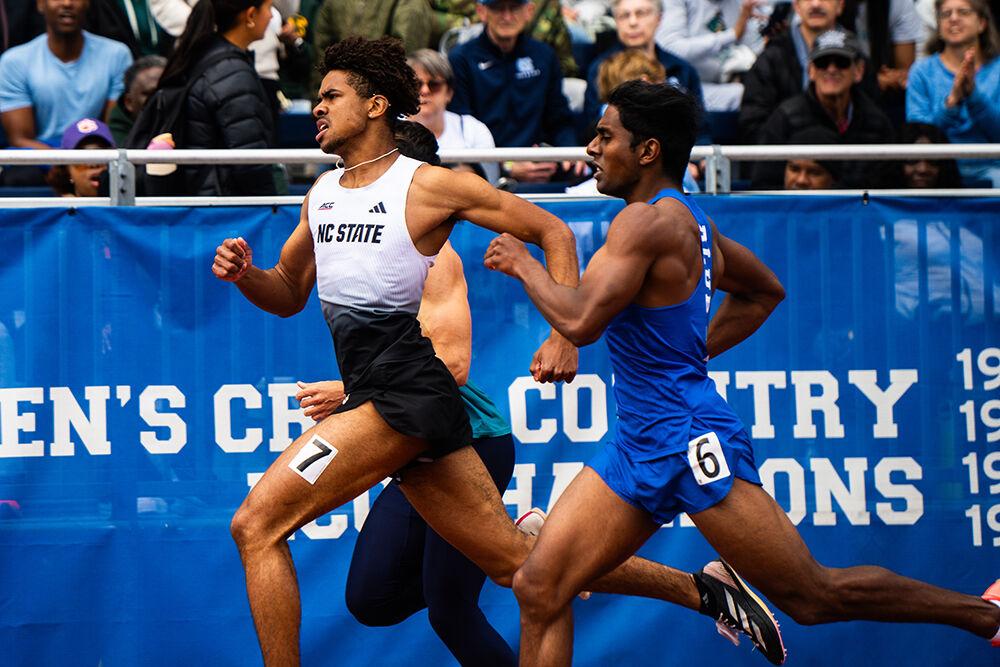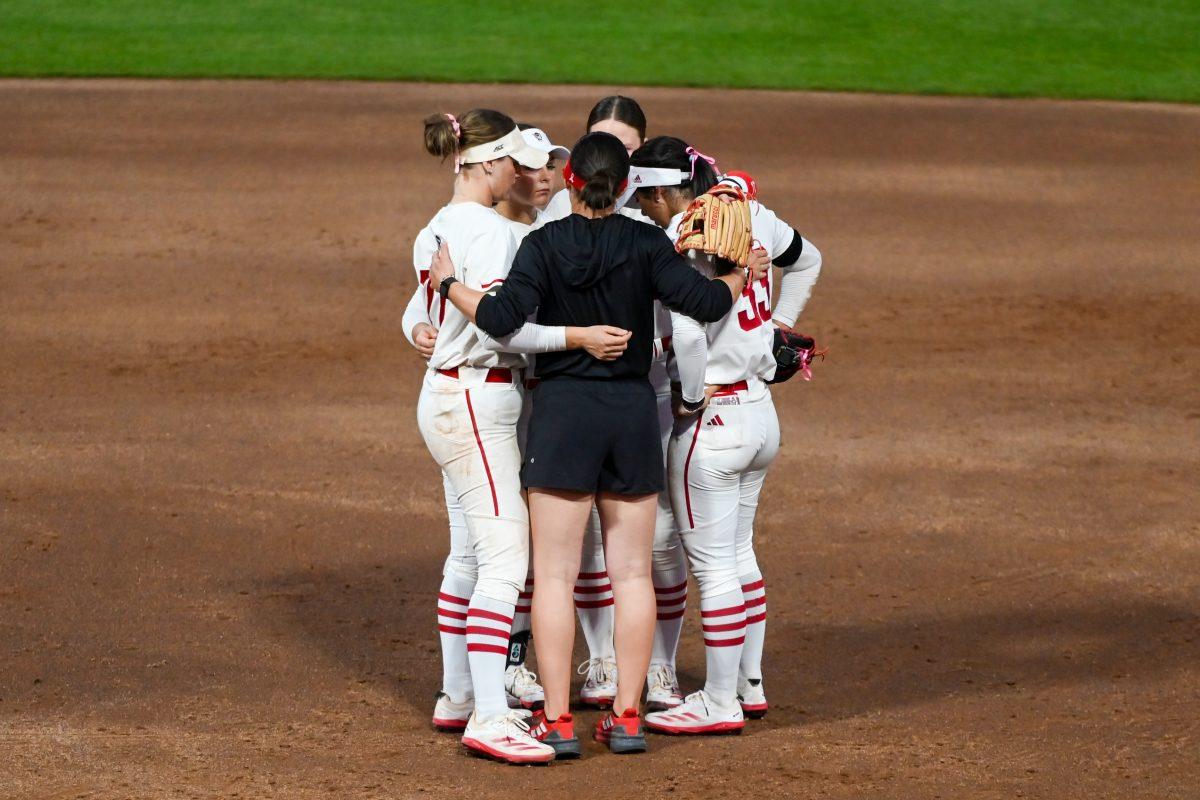When you think of baseball, a few ideas may spring to mind: large green fields, the crack of a bat, the seventh-inning stretch and maybe a favorite player or two. Bowling must be one of the last things you might consider. After all, the sports are completely different; baseball is an industrialized evolution of cricket and the traditional English game of rounders. Bowling is an ancient sport, dating back to Egypt as early as 5000 B.C. Baseball is primarily played outdoors in competitive settings, like Major League Baseball. Bowling is most often played indoors in a casual setting, like your local bowling alley. The two sports are objectively incomparable.
Or are they?
Upon thorough analysis, the parallels between baseball and bowling are more abundant than the differences. And thus, this assertion is made clear:
Bowling is inverted baseball.
Initial observations reveal stark instances of similarity. Both games are played in frames. Both have the idea of a single player launching a ball as an integral part of gameplay. But there is much more depth here than meets the untrained eye.
Take, for example, the use of the term “inverted.” It should be noted that this choice is deliberate. To use some variation of the word “reverse” implies notions of “backwards” or “upside-down.” To use “inverted” instead implies a notion of “inside-out.” Why is this distinction so important?
Well, think about it: in baseball, the act of striking a ball with an object is the foundation of offensive action. But in bowling, the way to score is to strike an object with a ball. Even the colloquial nickname for baseball “the stick and ball game” points out this similarity. Whether the stick strikes the ball or vice versa is irrelevant. In this way, bowling is the inversion of baseball, not a reversal. In these ways, the action and format are similar; it is the objects that are different.
Furthermore, similarities between these two sports can be found in their fields of play. Consider a bowling alley compared to a baseball diamond. A Professional Bowling Association bowling lane is 60 feet long. An MLB pitcher’s mound is 60 feet, 6 inches. A miniscule six inches separates the distance of delivery between a bowler and a pitcher.
With all these overlaps, it is no surprise that some players have displayed their talents in both sports. You may have heard of Mookie Betts, an outfielder for the Los Angeles Dodgers who is a four-time all-star and was named the American League MVP in 2018. It is less well-known but nonetheless impressive that Betts is also an accomplished bowler. After the 2017 MLB season, Betts competed in the World Series of Bowling in November of that year. He averaged a score of 204.71 and even bowled a perfect game. This means that Betts has thrown more perfect games in a professional capacity than his Los Angeles teammate Clayton Kershaw, which may prompt some discussion on who should be the ace of the Dodgers. After all, by playing the majority of his baseball career at right field, Betts has displayed his arm strength on numerous occasions. Such talent is especially easy to transfer between bowling and baseball due to all of the similarities the two sports share.
Like a tailor-made double play or back-to-back strikes, these parallels work in tandem to form a profound but pragmatic explanation. Therefore, by taking all of these examinations into account, the initial claim that bowling is inverted baseball rings surprisingly true.


